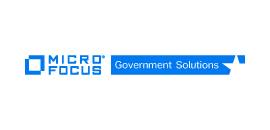For the federal government, adopting cloud is a question of when, not if. Cloud’s flexibility, reliability and scalability is well-established, and agencies are eager to include the technology in their IT modernization efforts. Unfortunately, migrating to cloud is difficult when organizations are weighed down by legacy infrastructure and the plethora of vendor offerings.
Created in 2010, the federal government’s Cloud First policy tried overcoming this challenge by requiring agencies to evaluate cloud options before making any new IT investments. Sadly, the result was that many government agencies misunderstood Cloud First – or leveraged the vague mandate to their advantage – and justified purchasing solutions without evaluating alternatives. Nine years later, many organizations have struggled with cloud migration due to the lack of adequate planning, analysis and cloud implementation strategy that aligns with their IT portfolio requirements. Hence, the White House Office of Management and Budget (OMB) has been busy developing a smarter approach to cloud to help agencies develop long-term, high-level strategies that drive successful, secure cloud adoption.
Draft Cloud Smart guidance was released in September 2018 for public comment and offers a more detailed roadmap to cloud than its predecessor. The Cloud Smart plan treats procurement, security and workforces as key components of moving to cloud during IT modernization. By providing more guidance on these major work streams, Cloud Smart aims to keep agencies safe while saving energy, money and time.
GovLoop partnered with Micro Focus Government Solutions, an IT software provider, to produce this report about choosing a cloud model based on the concepts introduced in the draft Cloud Smart guidance. In the following pages, we explain how Cloud Smart can guide agencies on how to establish a cloud framework that best fits their mission.







